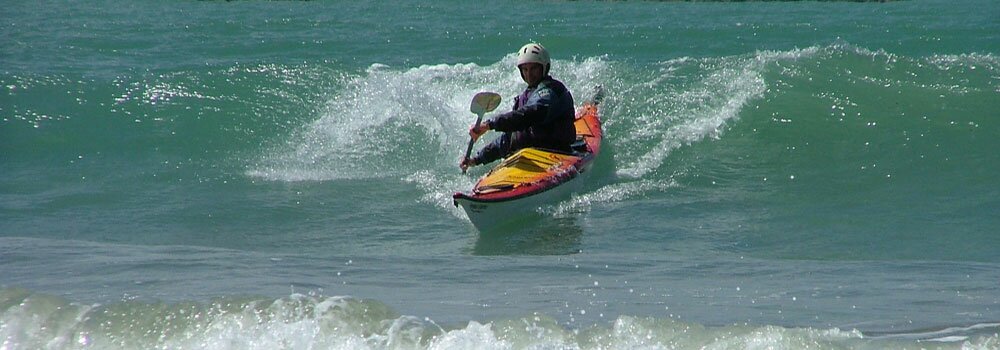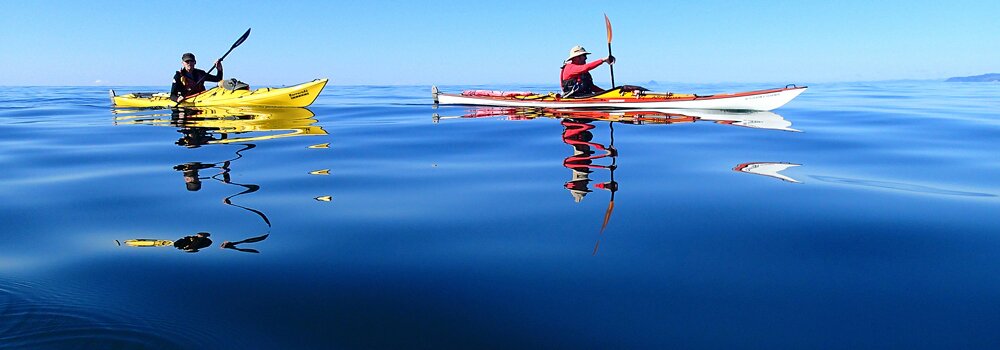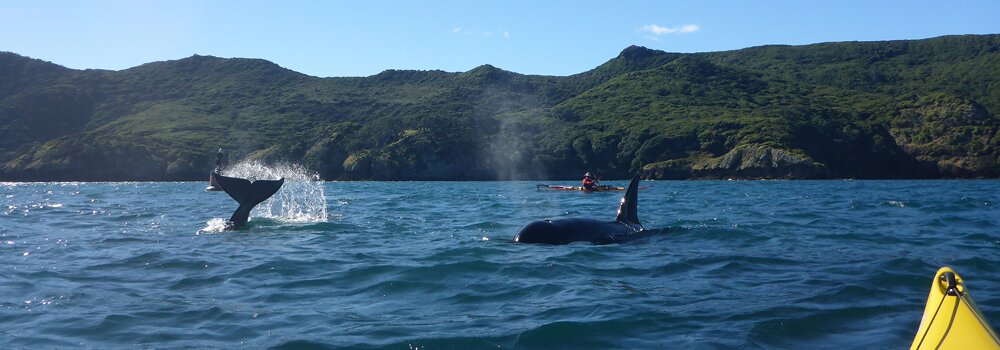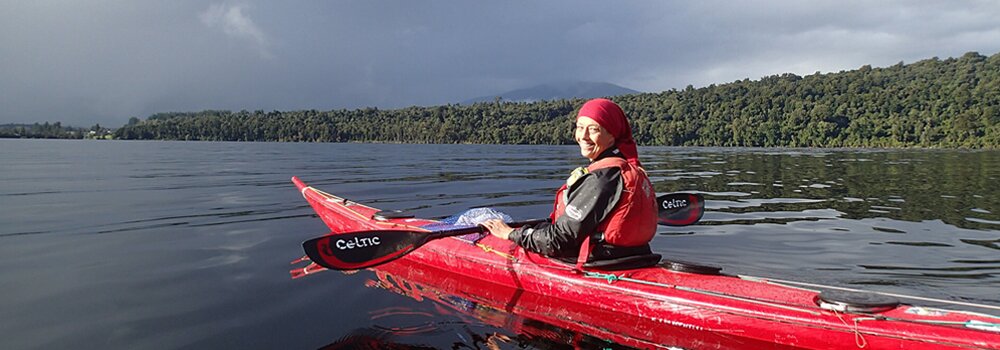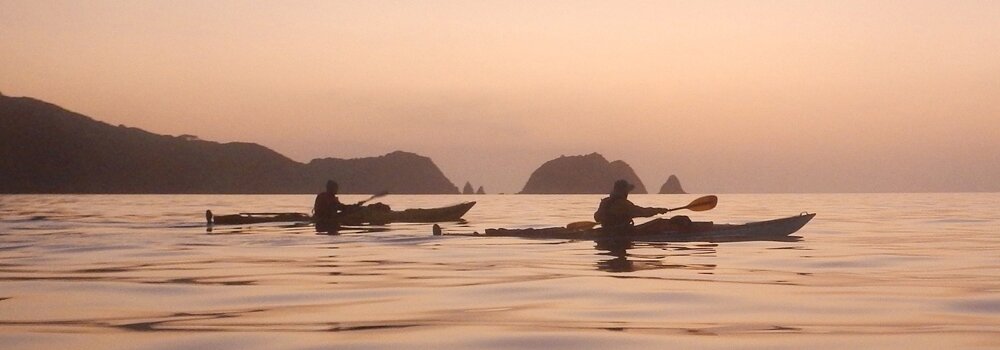ABC of Safety & Rescues
Experience
A – beginner or simple day paddling
B – done some overnight trips. Know how to do rescues, 2-boat and solo
C – can roll
For all paddlers, weather or bad weather, is the most important item. Of weather, wind is the most critical. Two metre swells on a calm day can be impressive but that is all. Small waves and 30+ knot wind can be challenging or just too much. If gusting as well, that’s when trouble really starts.
Crucial – know your weather.
Skill Level
A paddler
Most important item, weather. Know what is likely to happen during the day
Learn how do a simple 2-boat rescue and connected tow
B paddler
Weather – know what is going to happen and know how to find out what is likely to happen in coming days
Know how do rescues and tows and how to teach them
C paddler
Weather – know what is going to happen. Might actually want bad weather for a bit of excitement
Required Knowledge
A paddler
1.) Know how and where to get weather information
2.) Know how to do a 2-boat rescue
3.) Know how to do a rafted tow
4.) Know that if conditions are getting marginal, raft-and-run is an option that should always be considered.
B paddler
1.) All of the above but especially (4) if you are paddling with an A paddler or have had to rescue an A paddler.
2.) Know how to do a solo rescue.
C paddler
1.) All of the above but hopefully, if paddling with other C paddlers, you will all be sufficiently capable to survive alone. However still be aware your companion(s) might need help.
The Details
Weather
From all the above, weather is mentioned a few times. Bad weather (bad for kayaking in) is the main problem area. This means wind. A head wind that isn’t too strong is simply hard work but an off-shore wind can be dangerous, especially if increasing. A front coming through can have especially strong winds and if the first half hour can be survived, after that it might ease enough to not be a major problem. Sea breezes strengthen during the day and won’t start dropping until after 5.00 p.m. or later, possibly a couple of hours later.
Rescues
Rafting – if done before the rescue is needed, it must always be considered as conditions worsen. Presuming you have been sensible enough not to have an offshore wind, it is likely there is land somewhere down wind. If you get on to land you are not too likely to drown.
2-boat rescue, the most basic, as fast as possible. Learn how and be able to do it without drama. Always expect to have to do a connected tow afterwards.
Incidents – where knowing or not knowing is the key to the outcome
Incident 1.
A father and daughter went out one afternoon. He knows there is a front coming through and as they start a yacht warns them it should be there in an hour. After an hour of paddling, at the point they decide to return, the predicted front comes through, rapidly rising to 30+ knots. They raft and run for home.
When they get back to their start point the Coast Guard is heading out to pick up a capsized kayaker who eventually ends up in hospital with hypothermia.
On returning the daughter’s comment as she gets out of her kayak, “Boring.”
Why?
As soon as the front hit they rafted and ran, acting like a catamaran, stable and safe and probably as fast as paddling.
Knowing when (weather) and knowing how (kayaking), the key items, knowing.
Incident 2.
Two kayakers head out for an afternoon and part way to where they are going they meet another group heading back and are warned of a predicted rising wind. They carry on and one of them capsizes in the strong wind. After 3 rescues, the rescuer calls for help and they are retrieved by the Coastguard.
After the first or at most second capsize they could have rafted and run to where the ferry leaves from, caught a ride and got to their car to collect the kayaks.
Incident 3.
Eleven 20 year olds hire kayaks and head out on a lake. They are warned not to go too far but despite this head for a distant island, a round trip which would have been about twice their allowed rental time out. The predicted wind steadily rose. The outcome was two dead paddlers.
They had had no instruction on rescues or rafting and running if conditions became more than they could cope with. Two kayaks, a double and a single were blown to the point that they all would have reached if rafting and running had been done to start with.
Incident 4.
Two kayakers paddled to an island on a lake and camped for the night. The wind was steady and reasonably strong, blowing on their beam on the way over but gave no problems. The wind was still blowing the next day and they agreed to paddle to windward along the most sheltered part of the island before heading back across the lake.
Halfway back one of the paddlers, while looking round for the other, capsized. They did a 2-boat rescue and then rafted and ran diagonally for the shore. After brewing a hot cup of coffee and a change of clothes, a car was waved down and one of the paddlers hitched a ride back to their vehicle. Quicker and easier than a hard paddle to windward back to their vehicle.
No dramas, just part of paddling, knowing how to deal with a problem (and brew a cup of coffee).
Note there was no VHF or cell coverage available, a mirror would not have worked (overcast) and a flare quite likely would not have been seen in the remote area.
KASK's aims are to:
1. Promote and encourage the sport of sea kayaking2. Promote safety standards
3. Develop techniques and equipment
4. Deal with issues of coastal access and protection
5. Organise sea kayak forums around the country
6. Publish the Sea Canoeist Newsletter and the KASK Handbook
